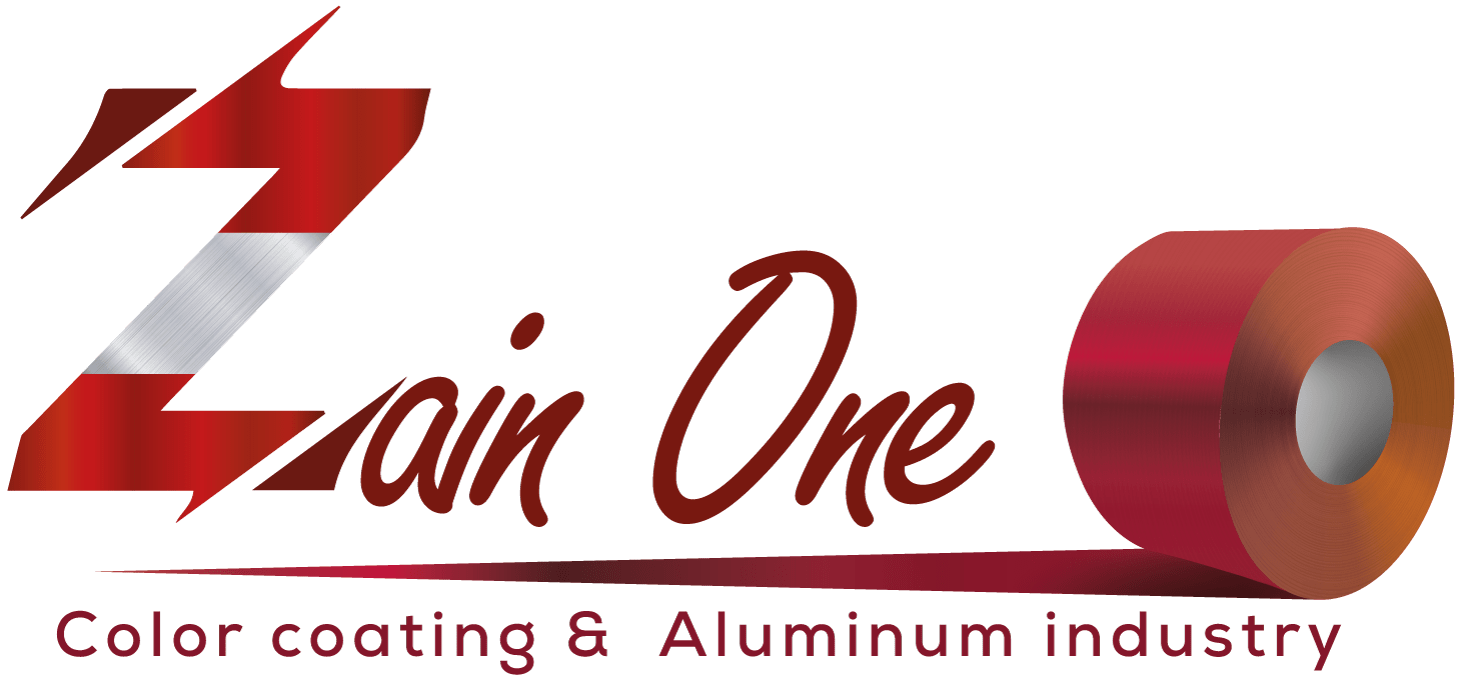Aluminum coil coating is a critical process in the manufacturing of various products, including building materials, automotive parts, and household items. This process involves applying a protective or decorative coating to aluminum coils to enhance their durability and appearance. Understanding the work process of aluminum coil coating is essential for manufacturers and consumers alike.
Pre-Treatment
The process begins with pre-treatment, where the aluminum coils are cleaned and chemically treated to remove any contaminants and enhance adhesion.
Primer Application
Next, a primer is applied to the coils. The primer acts as a base layer, improving the adhesion of the topcoat and providing additional protection against corrosion.
Topcoat Application
The topcoat is then applied to the primed coils. This coating can be a variety of materials, including polyester, polyurethane, or fluorocarbon, depending on the desired finish and performance requirements.
Curing
After the topcoat is applied, the coils are cured in an oven. This process involves heating the coils to a specific temperature for a set period, allowing the coatings to cure and bond to the aluminum surface.
Cooling and Inspection
Once cured, the coils are cooled and inspected for quality assurance. Any defects or imperfections are identified and addressed before the coils move to the next stage.
Cutting and Packaging
Finally, the coated aluminum coils are cut to size and packaged for shipment to customers. These coils are ready to be used in various applications, providing protection, durability, and an attractive finish.
In conclusion, the work process of aluminum coil coating is a complex yet essential process that ensures the quality and performance of aluminum products. By understanding this process, manufacturers can produce high-quality coated aluminum products that meet the needs of their customers.







